Dried figs hold a special place in Korean cuisine, offering a burst of sweetness and a wealth of nutritional benefits. These delightful fruits are not only a popular snack but also play a key role in various traditional Korean dishes. Let’s dive into the world of dried figs in Korean culinary culture, exploring their history, uses, and health benefits. Korean cuisine is known for its rich flavors and diverse ingredients, and dried figs are no exception. In Korean culture, dried figs are often enjoyed on their own as a snack or used in both sweet and savory dishes. The sweet and slightly chewy texture of dried figs adds a unique touch to traditional Korean recipes, making them a beloved ingredient in many households. One of the most common ways to enjoy dried figs in Korean cuisine is as a sweet treat.
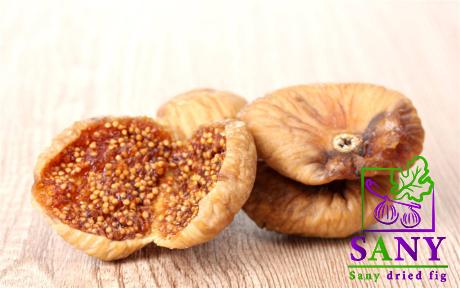
.
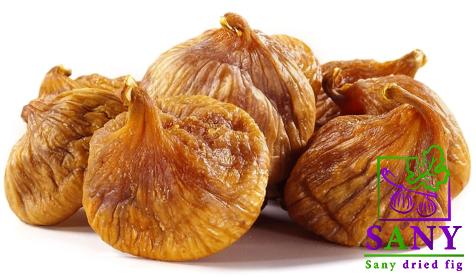 Dried figs are often eaten as a snack, offering a natural sweetness that satisfies sugar cravings in a healthier way. In Korean markets and grocery stores, you can find a variety of dried fig products, from whole dried figs to fig-based snacks and desserts. These treats are enjoyed by people of all ages, providing a flavorful and nutritious alternative to sugary candies and desserts. Beyond being a tasty snack, dried figs are a versatile ingredient in Korean cooking. They are used in both sweet and savory dishes to add a touch of sweetness and depth of flavor. In traditional Korean desserts, dried figs are often stewed with other fruits and honey to create a delicious compote or used as a filling for pastries and cakes. The natural sweetness of dried figs pairs well with other Korean ingredients like honey, cinnamon, and ginger, resulting in decadent desserts that are both satisfying and nourishing. In savory dishes, dried figs are used to balance out rich and savory flavors. They are commonly added to braised dishes, stews, and meat dishes to add a hint of sweetness that enhances the overall flavor profile. Dried figs are also a popular ingredient in marinades and sauces, adding a subtle sweetness that complements the savory ingredients. Whether used as a topping for grilled meats or incorporated into vegetable stir-fries, dried figs bring a unique flavor to Korean dishes that is both comforting and delicious.
Dried figs are often eaten as a snack, offering a natural sweetness that satisfies sugar cravings in a healthier way. In Korean markets and grocery stores, you can find a variety of dried fig products, from whole dried figs to fig-based snacks and desserts. These treats are enjoyed by people of all ages, providing a flavorful and nutritious alternative to sugary candies and desserts. Beyond being a tasty snack, dried figs are a versatile ingredient in Korean cooking. They are used in both sweet and savory dishes to add a touch of sweetness and depth of flavor. In traditional Korean desserts, dried figs are often stewed with other fruits and honey to create a delicious compote or used as a filling for pastries and cakes. The natural sweetness of dried figs pairs well with other Korean ingredients like honey, cinnamon, and ginger, resulting in decadent desserts that are both satisfying and nourishing. In savory dishes, dried figs are used to balance out rich and savory flavors. They are commonly added to braised dishes, stews, and meat dishes to add a hint of sweetness that enhances the overall flavor profile. Dried figs are also a popular ingredient in marinades and sauces, adding a subtle sweetness that complements the savory ingredients. Whether used as a topping for grilled meats or incorporated into vegetable stir-fries, dried figs bring a unique flavor to Korean dishes that is both comforting and delicious.
..
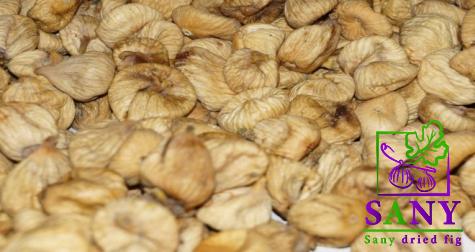 Aside from their culinary uses, dried figs are packed with essential nutrients that make them a healthy addition to any diet. Dried figs are a good source of dietary fiber, which aids in digestion and helps promote gut health. They also contain vitamins and minerals, including vitamin A, vitamin K, potassium, and magnesium, which support overall health and well-being. Additionally, dried figs are rich in antioxidants, which help protect the body against damage from free radicals and reduce the risk of chronic diseases. When it comes to buying dried figs for your Korean culinary adventures, it’s important to choose high-quality products that are fresh and flavorful. Look for dried figs that are plump and slightly sticky to the touch, indicating that they are ripe and full of natural sugars. Avoid dried figs that are overly dry or discolored, as these may have lost their flavor and nutritional value. In conclusion, dried figs are a delicious and nutritious ingredient that adds a unique touch to Korean cuisine. Whether enjoyed as a snack, used in sweet or savory dishes, or incorporated into traditional recipes, dried figs bring a burst of sweetness and a wealth of health benefits to the table. So next time you’re looking to spice up your Korean cooking, consider adding dried figs to your pantry and explore the endless culinary possibilities that this versatile ingredient has to offer. With their delightful sweetness and versatile applications, dried figs are a must-have ingredient in any Korean kitchen. They bring a rich depth of flavor to dishes, whether used in traditional recipes or innovative culinary creations. Let’s delve deeper into the ways dried figs can elevate your Korean cooking experience. One popular way to incorporate dried figs into Korean dishes is by using them in marinades and sauces. The natural sweetness of dried figs pairs well with savory ingredients like soy sauce, garlic, and ginger, creating a balanced and flavorful sauce for meats and vegetables. By blending dried figs into a marinade, you can add a touch of sweetness that caramelizes beautifully when grilled or roasted, resulting in tender and succulent dishes bursting with flavor. Another creative way to use dried figs in Korean cuisine is by incorporating them into salads and side dishes. Dried figs add a chewy texture and a subtle sweetness to salads, balancing out bitter greens and tangy dressings.
Aside from their culinary uses, dried figs are packed with essential nutrients that make them a healthy addition to any diet. Dried figs are a good source of dietary fiber, which aids in digestion and helps promote gut health. They also contain vitamins and minerals, including vitamin A, vitamin K, potassium, and magnesium, which support overall health and well-being. Additionally, dried figs are rich in antioxidants, which help protect the body against damage from free radicals and reduce the risk of chronic diseases. When it comes to buying dried figs for your Korean culinary adventures, it’s important to choose high-quality products that are fresh and flavorful. Look for dried figs that are plump and slightly sticky to the touch, indicating that they are ripe and full of natural sugars. Avoid dried figs that are overly dry or discolored, as these may have lost their flavor and nutritional value. In conclusion, dried figs are a delicious and nutritious ingredient that adds a unique touch to Korean cuisine. Whether enjoyed as a snack, used in sweet or savory dishes, or incorporated into traditional recipes, dried figs bring a burst of sweetness and a wealth of health benefits to the table. So next time you’re looking to spice up your Korean cooking, consider adding dried figs to your pantry and explore the endless culinary possibilities that this versatile ingredient has to offer. With their delightful sweetness and versatile applications, dried figs are a must-have ingredient in any Korean kitchen. They bring a rich depth of flavor to dishes, whether used in traditional recipes or innovative culinary creations. Let’s delve deeper into the ways dried figs can elevate your Korean cooking experience. One popular way to incorporate dried figs into Korean dishes is by using them in marinades and sauces. The natural sweetness of dried figs pairs well with savory ingredients like soy sauce, garlic, and ginger, creating a balanced and flavorful sauce for meats and vegetables. By blending dried figs into a marinade, you can add a touch of sweetness that caramelizes beautifully when grilled or roasted, resulting in tender and succulent dishes bursting with flavor. Another creative way to use dried figs in Korean cuisine is by incorporating them into salads and side dishes. Dried figs add a chewy texture and a subtle sweetness to salads, balancing out bitter greens and tangy dressings.
…
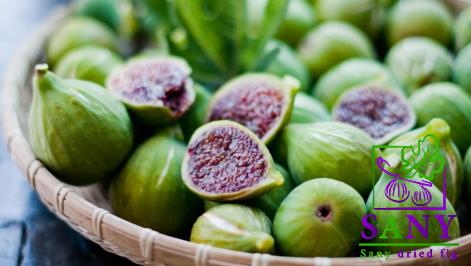 They can be chopped and sprinkled over a bed of fresh lettuce, mixed into a grain salad for added sweetness, or combined with nuts and seeds for a crunchy and satisfying side dish. Dried figs can also be rehydrated and blended into a vinaigrette dressing to add a unique depth of flavor to your salads. For those with a sweet tooth, dried figs are a delightful addition to desserts and baked goods. From fig-filled pastries to fig-infused ice creams, there are countless ways to incorporate dried figs into sweet treats that will satisfy your cravings. Dried figs can be pureed and used as a filling for cakes and tarts, stewed with spices for a decadent dessert topping, or simply enjoyed on their own as a sweet snack. Their natural sweetness makes them a versatile ingredient in baking, adding moisture and flavor to a variety of confections. In traditional Korean cuisine, dried figs are often used in teas and beverages as well. Dried fig tea is a popular beverage that is enjoyed for its comforting and soothing properties. To make dried fig tea, simply steep dried figs in hot water, allowing the natural sugars and flavors to infuse into the liquid. This tea can be enjoyed hot or cold, and can be sweetened with honey or other natural sweeteners for a delightful and refreshing drink that is both hydrating and invigorating. Beyond their culinary uses, dried figs offer a range of health benefits that make them a valuable addition to any diet. In addition to being a good source of fiber, vitamins, and minerals, dried figs are also known for their potential health-promoting properties. They have been linked to improved digestion, reduced inflammation, and enhanced heart health, making them a nutrient-dense and beneficial food choice. Whether you’re looking to add a touch of sweetness to your savory dishes, create delicious desserts, or enjoy a comforting cup of tea, dried figs are a versatile and flavorful ingredient that can enhance your Korean culinary experience. With their rich history in Korean cuisine and their plethora of culinary and health benefits, dried figs are truly a treasure that deserves a place in every kitchen. So why not explore the world of dried figs in Korean cooking and discover the endless possibilities that this delightful fruit has to offer?
They can be chopped and sprinkled over a bed of fresh lettuce, mixed into a grain salad for added sweetness, or combined with nuts and seeds for a crunchy and satisfying side dish. Dried figs can also be rehydrated and blended into a vinaigrette dressing to add a unique depth of flavor to your salads. For those with a sweet tooth, dried figs are a delightful addition to desserts and baked goods. From fig-filled pastries to fig-infused ice creams, there are countless ways to incorporate dried figs into sweet treats that will satisfy your cravings. Dried figs can be pureed and used as a filling for cakes and tarts, stewed with spices for a decadent dessert topping, or simply enjoyed on their own as a sweet snack. Their natural sweetness makes them a versatile ingredient in baking, adding moisture and flavor to a variety of confections. In traditional Korean cuisine, dried figs are often used in teas and beverages as well. Dried fig tea is a popular beverage that is enjoyed for its comforting and soothing properties. To make dried fig tea, simply steep dried figs in hot water, allowing the natural sugars and flavors to infuse into the liquid. This tea can be enjoyed hot or cold, and can be sweetened with honey or other natural sweeteners for a delightful and refreshing drink that is both hydrating and invigorating. Beyond their culinary uses, dried figs offer a range of health benefits that make them a valuable addition to any diet. In addition to being a good source of fiber, vitamins, and minerals, dried figs are also known for their potential health-promoting properties. They have been linked to improved digestion, reduced inflammation, and enhanced heart health, making them a nutrient-dense and beneficial food choice. Whether you’re looking to add a touch of sweetness to your savory dishes, create delicious desserts, or enjoy a comforting cup of tea, dried figs are a versatile and flavorful ingredient that can enhance your Korean culinary experience. With their rich history in Korean cuisine and their plethora of culinary and health benefits, dried figs are truly a treasure that deserves a place in every kitchen. So why not explore the world of dried figs in Korean cooking and discover the endless possibilities that this delightful fruit has to offer?
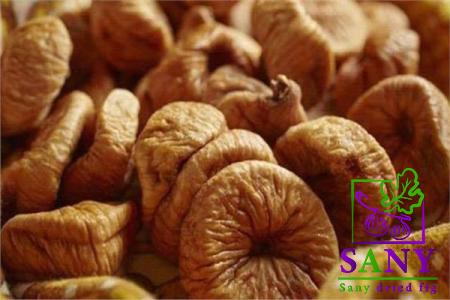
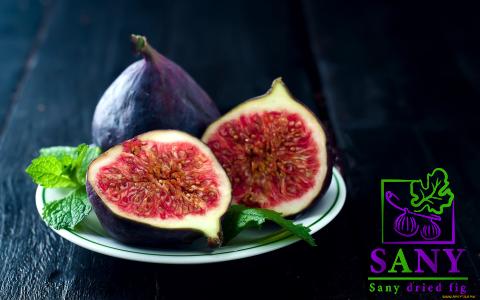
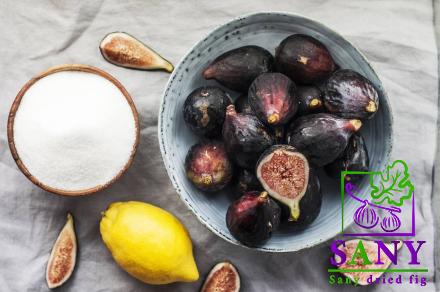

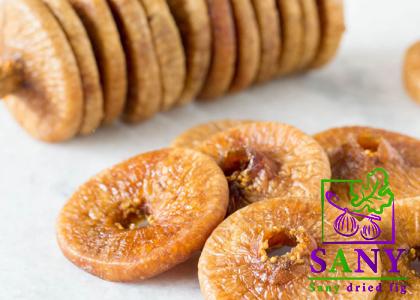
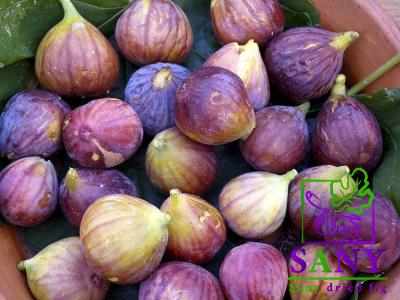
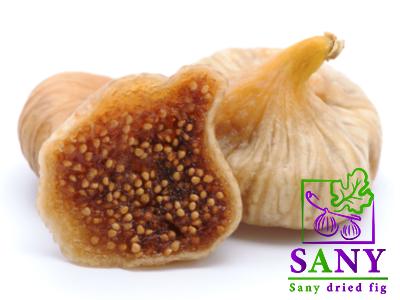
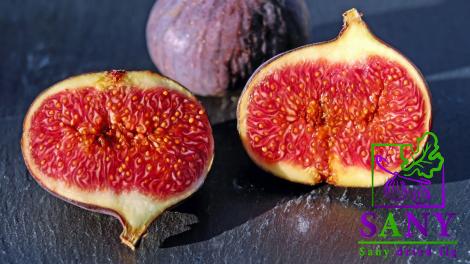
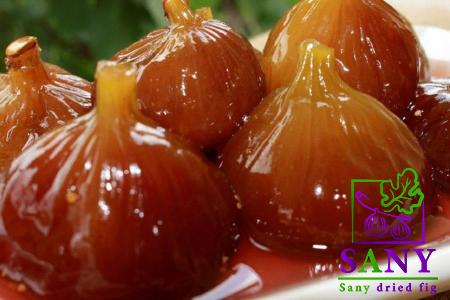
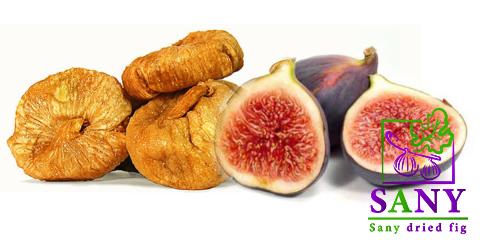
Your comment submitted.